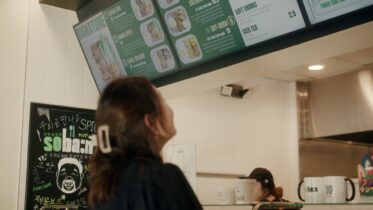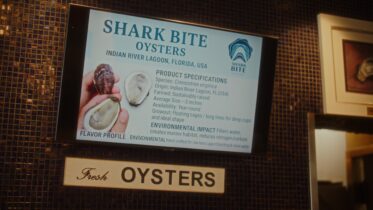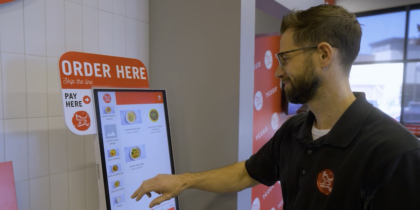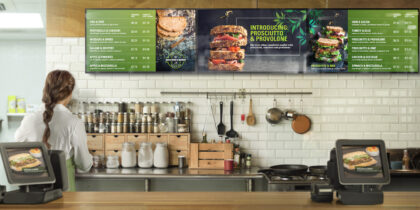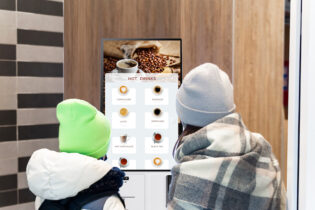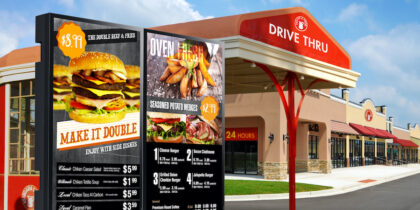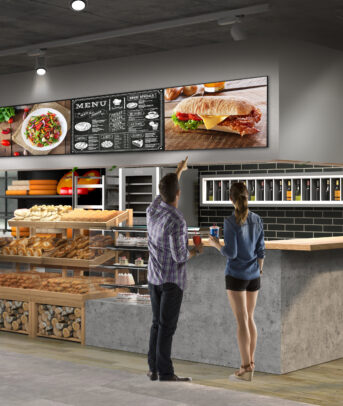As a hostess seats a group of diners, she realizes the party speaks only Mandarin. Because they are using a tablet to view the menu, she sets the device to display the menu in the guests’ native language. Later in the evening, the chef runs out of fish, so the manager simply deletes the fish from the menu portal. And as the evening winds down, a couple on a date decides to splurge on a premium wine after watching a video about the vineyard on their tableside display.
Without tableside tablets at the restaurant, all of these situations would most likely have had different outcomes. Thankfully, the use of tablets is expected to increase this year. The National Restaurant Association’s 2015 What’s Hot culinary forecast found that 29 percent of chefs said that tablet computers would be used to showcase menus, wine lists and facilitate ordering in 2015.
Benefits of Using Tableside Tablets
While using tablets is fun and impresses guests, tableside tablets are much more than a gimmick. Tablets can be used effectively in several ways: Some restaurants integrate the technology to their POS system to allow tableside ordering while others use the tablets as a replacement menu. Laura Barnes, marketing manager at iRiS Software Systems, explains the many benefits of restaurants using solutions like iRiS’ guest experience applications to improve their operations. Here are some of the key benefits:
- Increase in Food Upsales
While waiters are trained to upsell, not all staff actually ask for the dessert, side or drink sell. When using a tablet for electronic ordering, you can configure the tablet to automatically prompt customers for additional items based on their selections, making waiters’ jobs easier and helping the restaurant earn more money, as well.
- Increase in Premium Wine Revenue
Providing additional information, especially about wines, helps many restaurants see an increase in sales. Barnes explains that iRiS routinely gets feedback from app customers that they see between 15 percent and 20 percent increases in premium wine revenue sales year-over-year. She recalls one client in a European restaurant who told her that he hasn’t served a glass of house wine in months because all wine sales have been premium.
- Elimination of Printed Menu Costs
When using tablets for either the menu or ordering, you completely eliminate your menu costs. You do not have to replace damaged menus, print inserts for nightly specials or print new menus for each season.
- Better Operational Management
Restaurants can often reduce waste by increasing sales on overstocked items. Because you control the menu design and placement with tablet menus, you can promote the 50 extra steaks that are in the freezer to increase sales. You can also feature nightly specials prominently to reduce waste and encourage sales of surplus.
Although it’s not a traditional benefit, Barnes noted that many guest use the tablet as a talking point and tend to bond more over dinner. “We often see people use the information in the tablet menu about the wines or food preparation as a talking point. It steers conversation away from small talk about the weather to the experience of their meal,” said Barnes.
Effective Strategies for Deploying Tableside Tablets
Successfully using tablets for restaurants is relatively simple, and you can increase the effectiveness with some planning and strategy. “You first want to think about your clientele and the benefits you want from using the tablet before you begin. This will help you determine the best strategy,” said Barnes.
She recommended the following tips for using tablets at the table:
- Determine if you will put the entire menu on the tablet or just the drink menu. One size doesn’t fit all when it comes to tablets for restaurants. Consider your specific customer as well as your restaurant’s goals.
- Determine how many and what type of tablets to purchase. She recommends one tablet for every four guests. Samsung offers a variety of Galaxy tablets in several different screen sizes to help meet the specific needs of your restaurant and customer.
- If deploying electronic ordering, work with your POS vendor. You must integrate the ordering software with your POS for this implementation. Barnes noted that it can take a few extra weeks for this type of deployment compared to the view-only version of the tablet menu.
Presenting menus on tableside tablets is already helping restaurants enhance the guest experience while generating a positive impact on the bottom line. But the many other potential benefits of this evolving technology are still being discovered.

